Stephen Finlay Archer
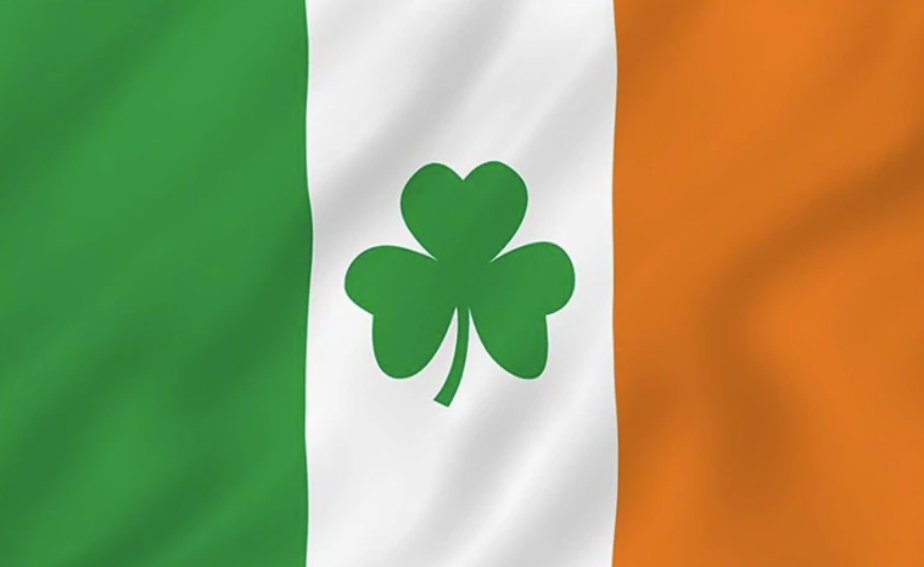
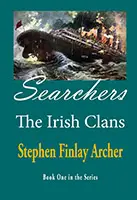



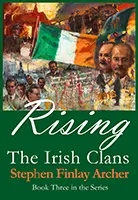

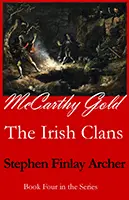



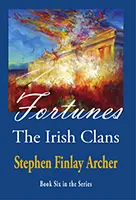



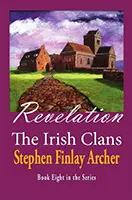

1918 Spanish Flu in Ireland – Irish to the Core Weekly Blog 24
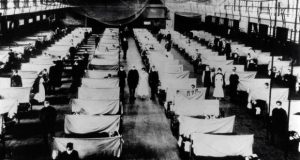
Patients quarantined in an Irish warehouse during the 1918 influenza pandemic. Photograph: Universal History Archive/UIG via Getty Images
We’ve all been through the wringer due to COVID-19 in 2020 and 2021 with new strains popping up to further complicate our recovery. I thought it apropos to discuss the 1918 – 1920 ‘Spanish’ flu and its impact on Ireland which was entering into its War of Independence. It is termed ‘Spanish’ because that country was neutral in WWI 1918 and as such was more open with its international communications. It likely started elsewhere.
The 1918-1920 ‘Spanish’ or Black flu killed roughly fifty million people worldwide and 550,000 people in the United States. It is staggering to note that this death toll is roughly three times higher than the seventeen million souls lost during WWI. That global death toll compares to our current COVID virus which has killed 5.2 million people worldwide and 777,000 people in the United States, so far.
Although it remains uncertain where the virus first emerged, the earliest cases in the United States were detected in March 1918 among military personnel stationed at Camp Funston in Fort Riley, Kansas. Movement of troops probably helped spread the virus throughout the U.S. and into the European trenches of WWI during the late spring. Despite this fact and the great loss of life, the United States fared much better statistically back then compared to now, relative to the rest of the world.
In Ireland, the situation was reversed. The ‘Spanish’ flu killed roughly 23,000 people compared to COVID with 5,650 dead.
There were four phases of this black flu with the worst one being in the winter of 1918-1919 at the end of WWI when soldiers carried the virus back to their home countries and families. The last phase stretched out into 1920. This influenza was so deadly that an initially healthy person could die from pneumonia within 2 days of catching the virus.
There were no vaccines back in 1918, but USA Dr. Klein used a mixture of quinine bisulphate and sodium salicylate to successfully treat some patients.
How did the Irish men and women cope with the 1918-1920 flu? In many respects it was similar to today’s protections. Schools and businesses were closed. Public meetings, concerts and dances were cancelled. Masks were worn. Hands were washed.
Being Irish, they had some unique ideas. The people of Walterstown near Skreen, Co. Meath were apparently left largely unaffected where whiskey was found to be a great remedy for the sickness. It is claimed in Cliffoney “that the confirmed drunkards recovered, but the teetotallers died“. A senior health official stated that whiskey or brandy “in heroic doses” was the most worthwhile treatment, as at least “its customers had a merry spin to Paradise”. Dublin Lord Mayor Laurence O’Neill negotiated the release of Easter Rising rebel, Dr. Kathleen Lynn from prison to help battle the outbreak, but she too was pessimistic. “The flu rages”, she noted with frustration in her diary during the third wave in spring of 1919; “I can do little.”
According to an account from Tallow, Co. Waterford, onions could be used for various ailments and to draw out a sickness: “cut an onion in two halves and put one half in one corner of the room in which the person is sick and put the other half in one of the three other corners. The onion will attract the germ“.
Filling the house with sheep is also mentioned as a disinfectant used in the case of scarlet fever with the sheep’s breath allegedly killing the germs.
Religious wells and priests were also credited with saving lives.
They turned to these home-spun ‘remedies’ because the science was not known. Now, with our current knowledge and medical advances, we know that such superstitious actions will not stem the virus.
As of November 17th, 90 percent of eligible Irish men, women, and children over the age of twelve have been vaccinated for COVID-19. That is why the Irish death count is a quarter of their loss in the ‘Spanish’ flu. Despite this high vaccination rate, the Irish Prime Minister announced new restrictions and expanded testing and contact tracing mid- November to curb increasing infection rates.
I don’t know about the onion or sheep remedy but I do think, for me, that a wee dram each evening couldn’t hurt to ward off the cold. Let’s buckle down, deal with world-wide vaccination inequities, and defeat this blight on our society and our world.
Reference: Ida Milne’s book Stacking the Coffins – Influenza, War and Revolution in Ireland, May 2018
Book Five: Revolution of The Irish Clans wherein the Spanish Flu plays a part is becoming available on Amazon in time for the holidays. Enjoy!
Stephen’s novel series “The Irish Clans” can be purchased at https://amzn.to/3gQNbWi


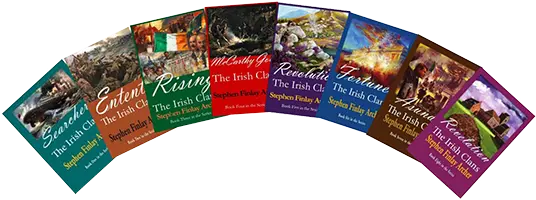
0 Comments